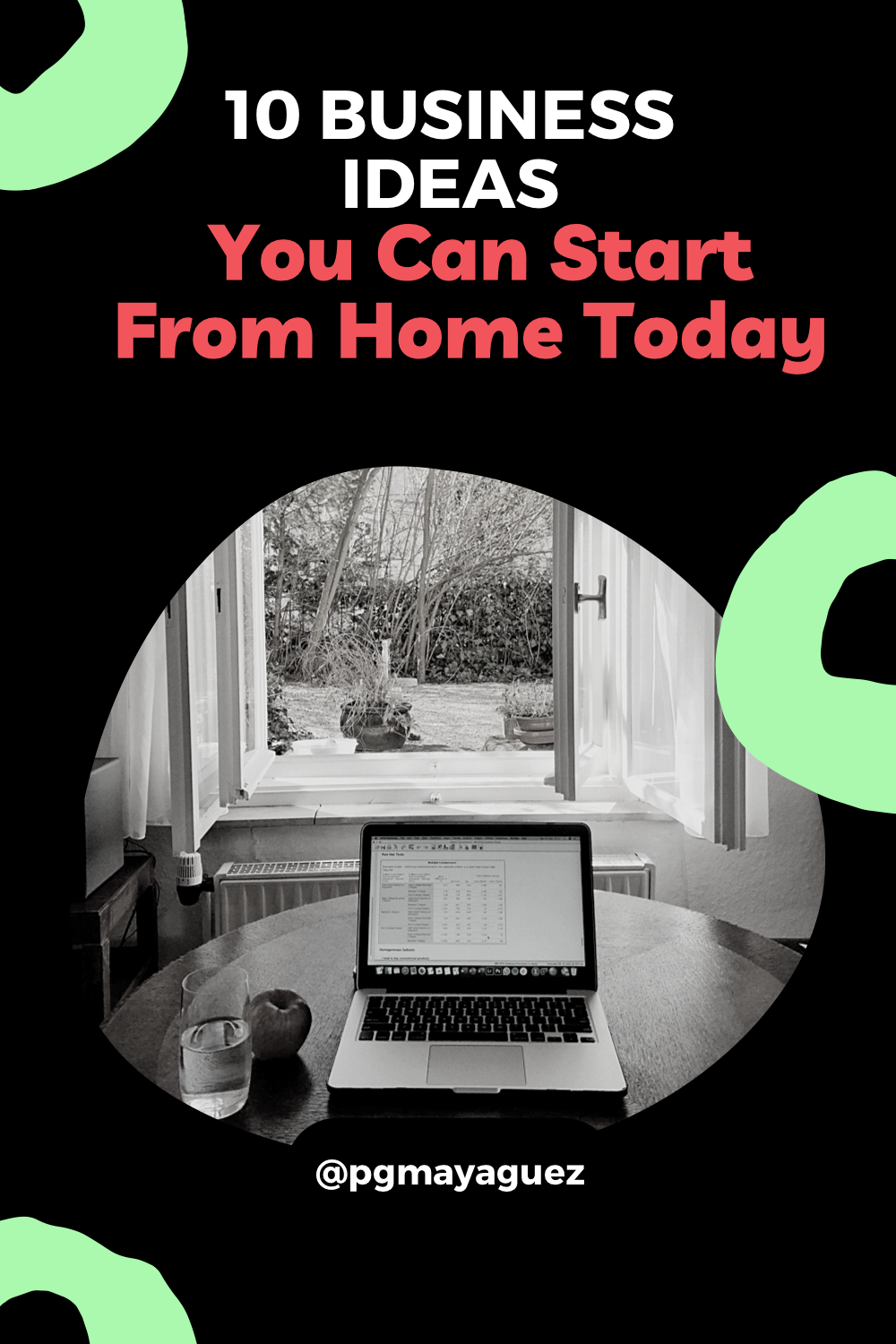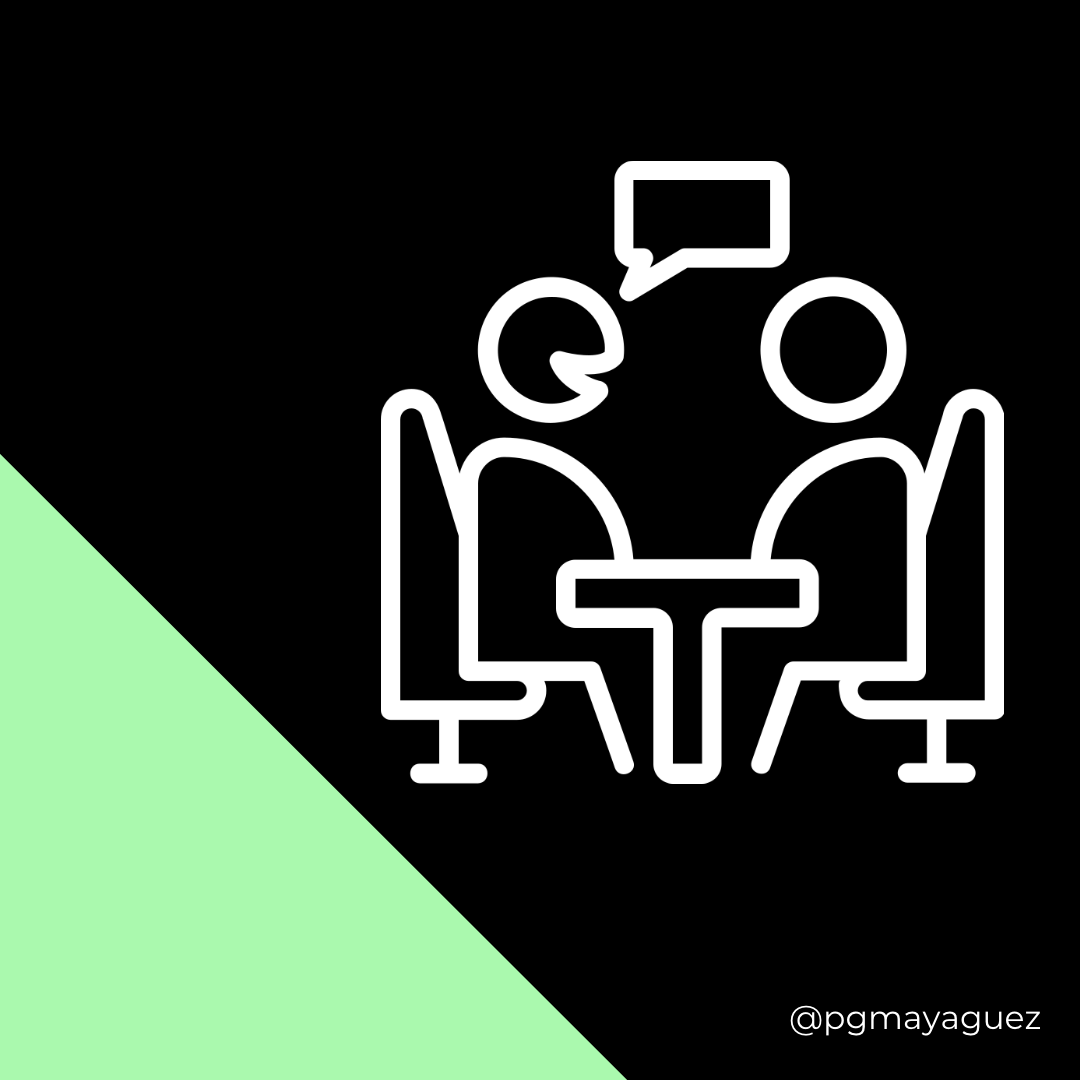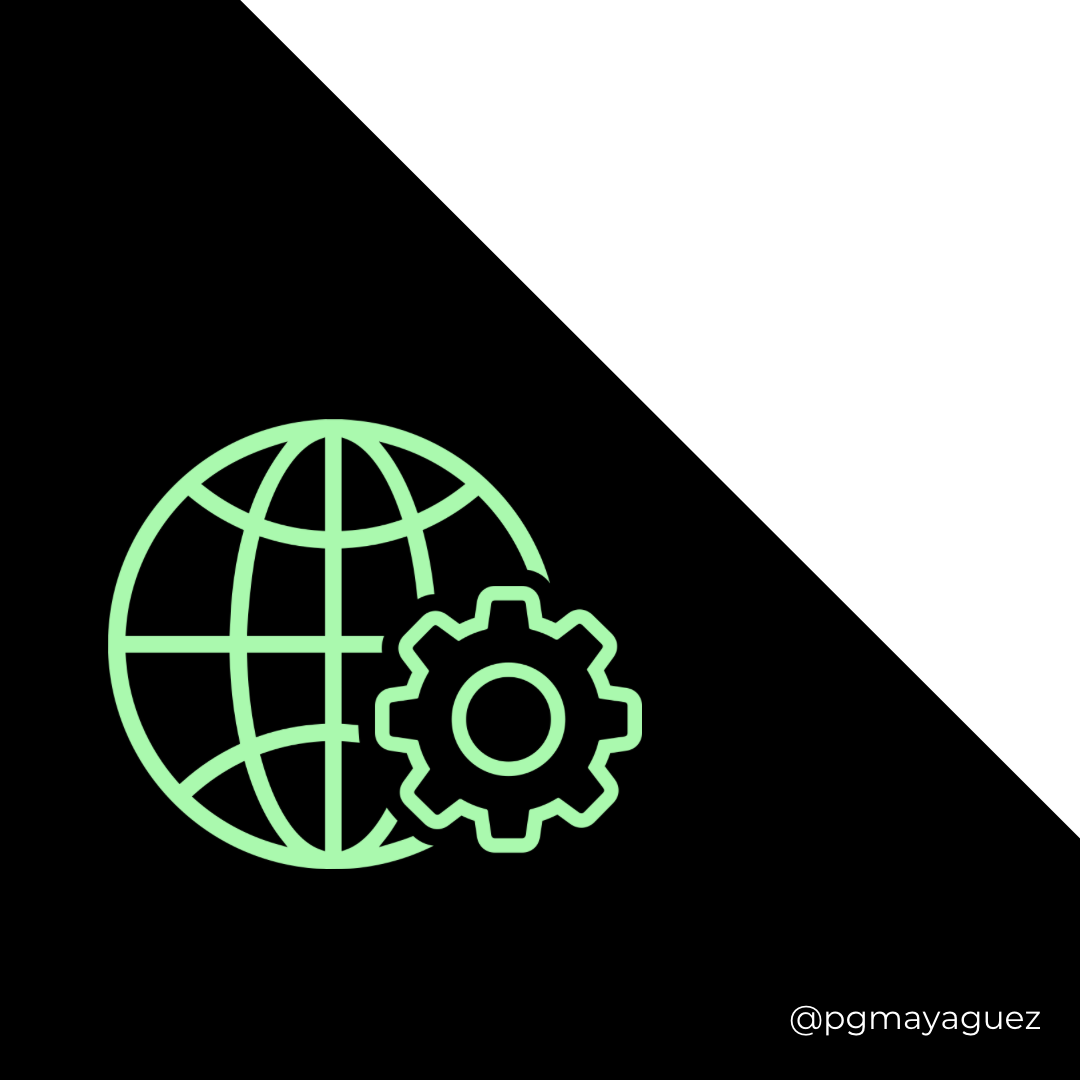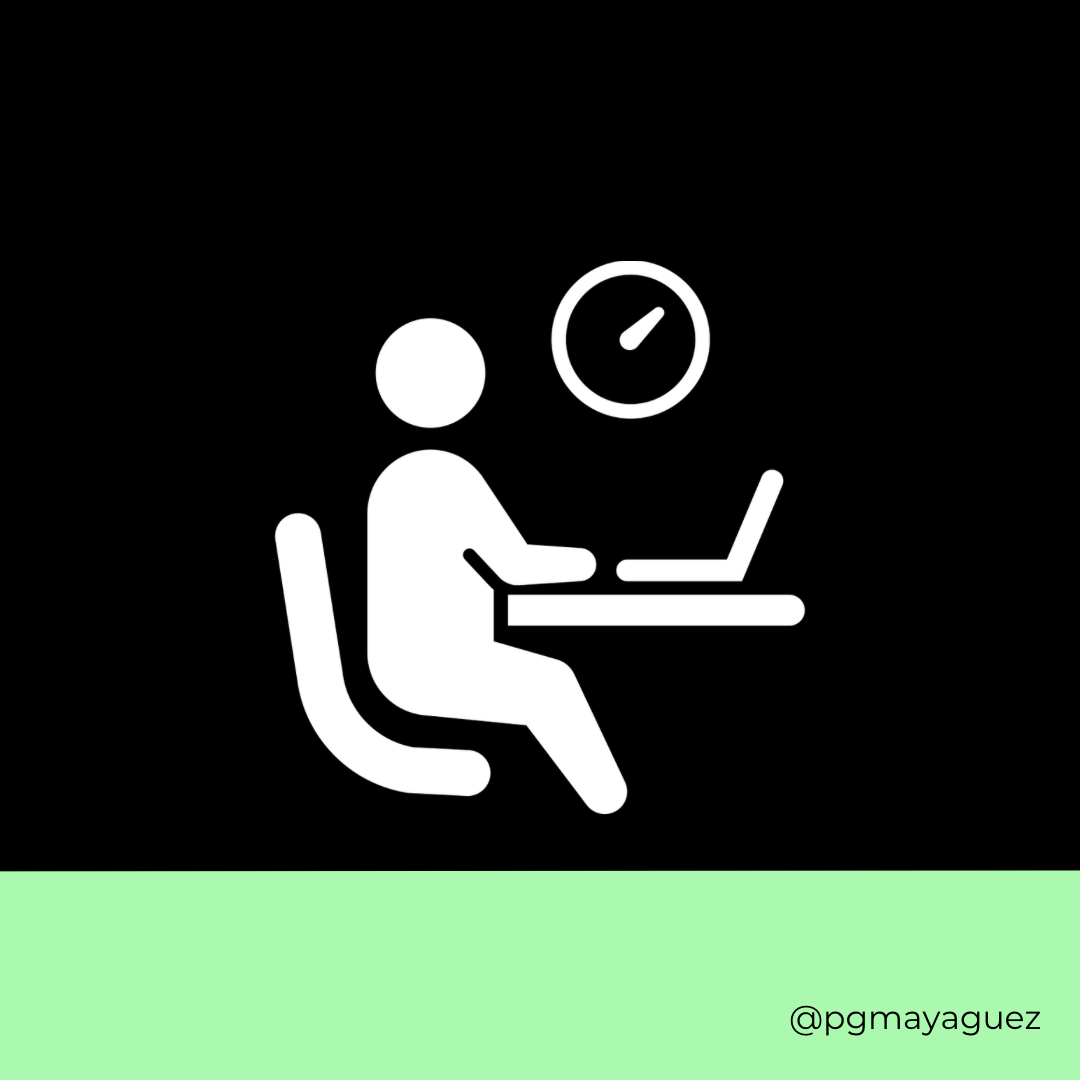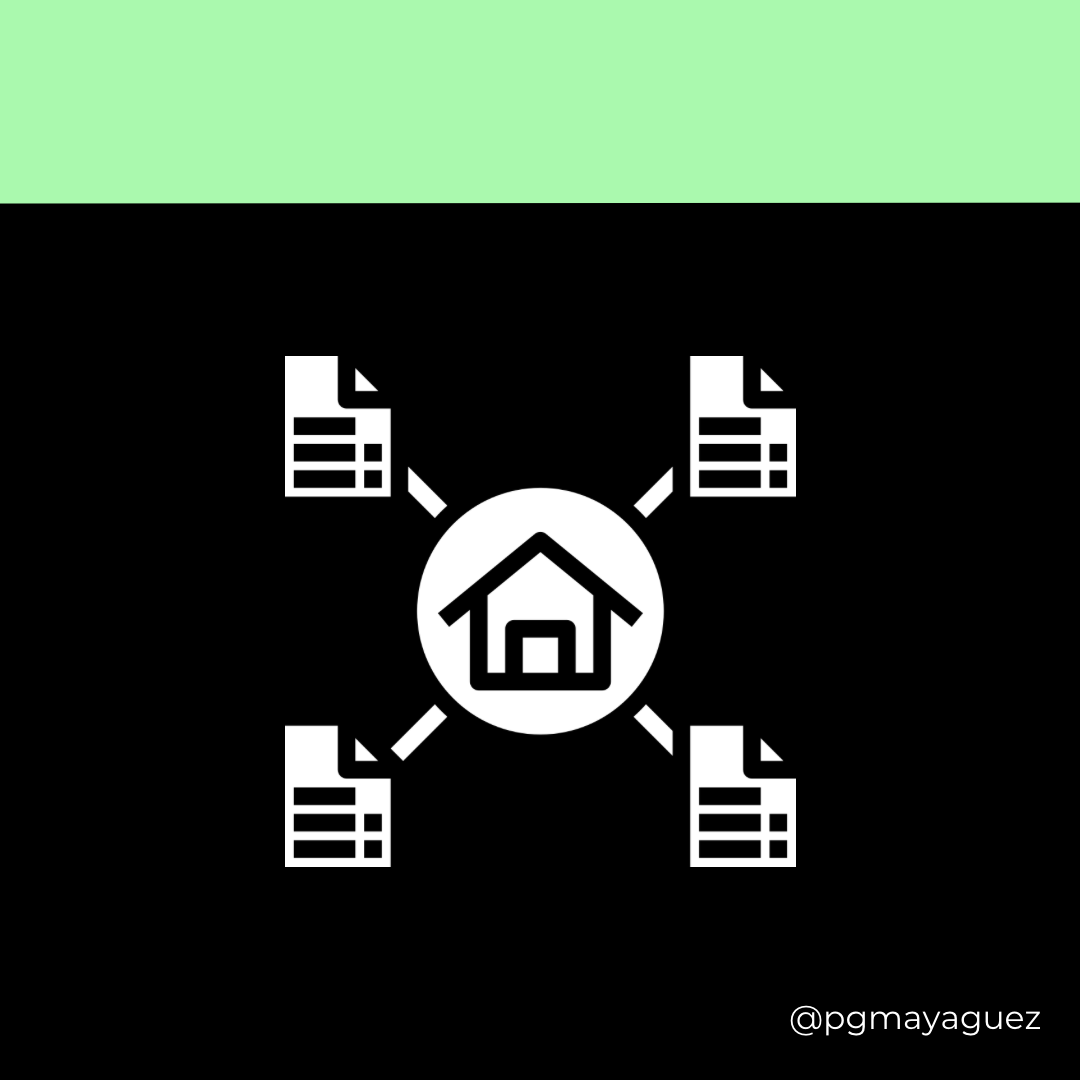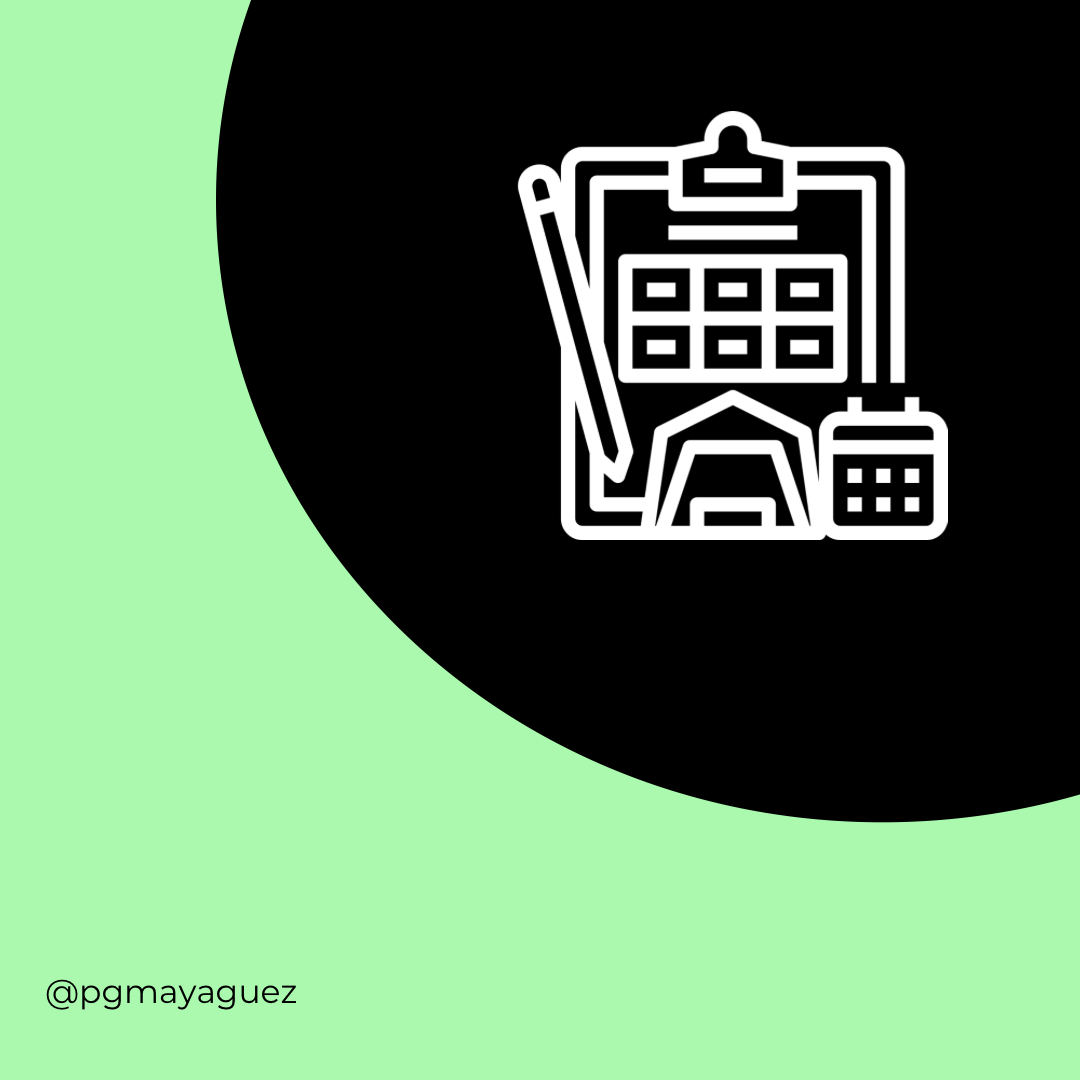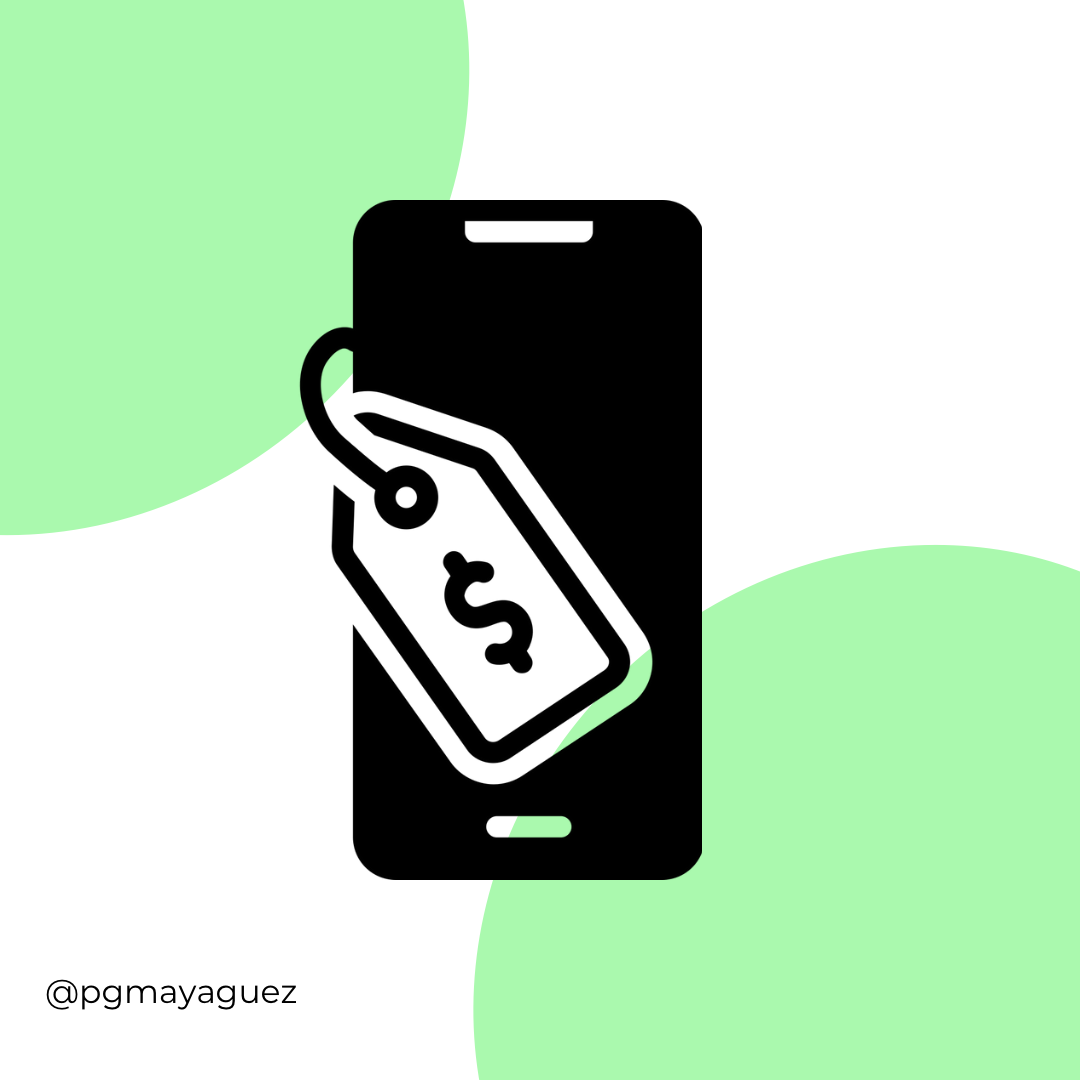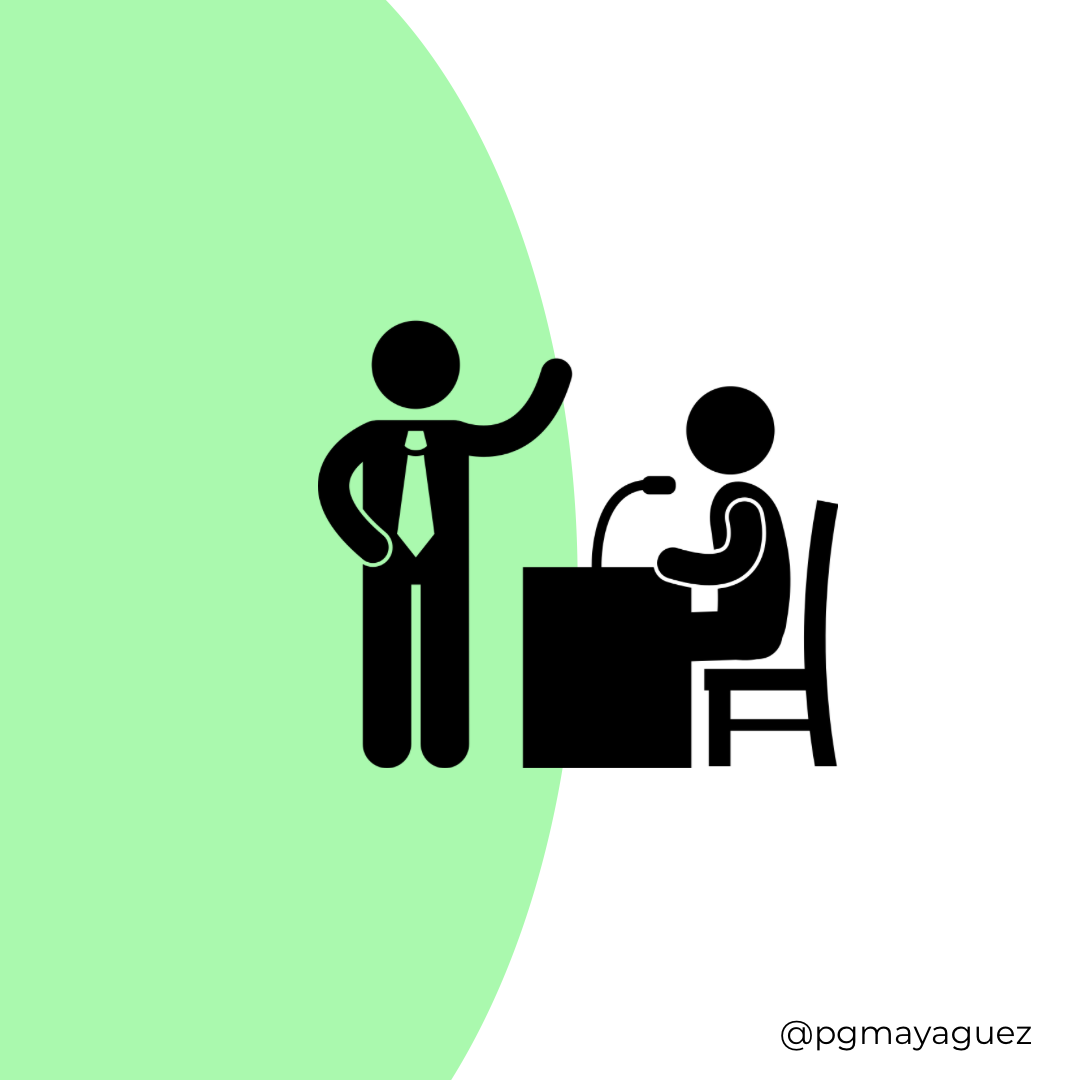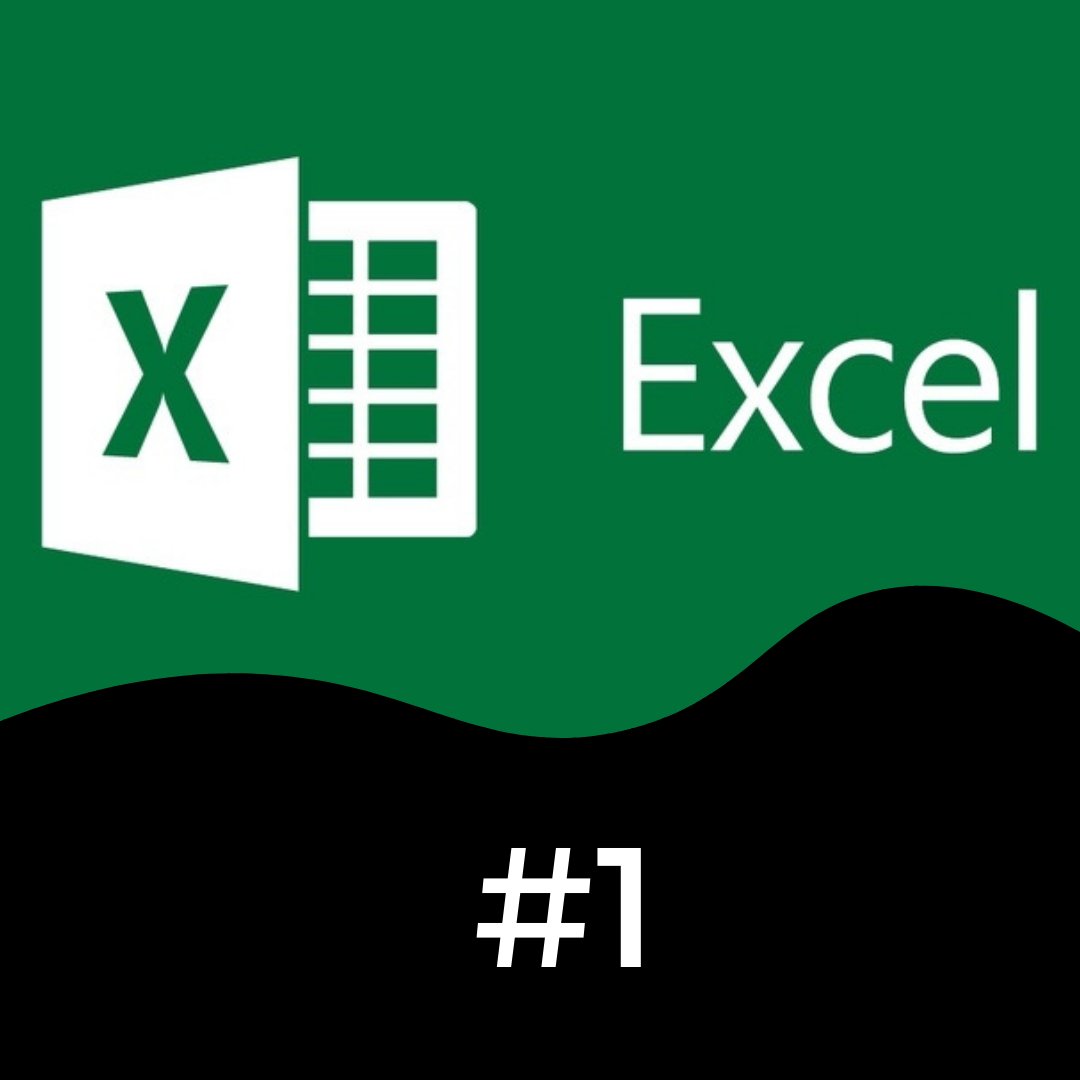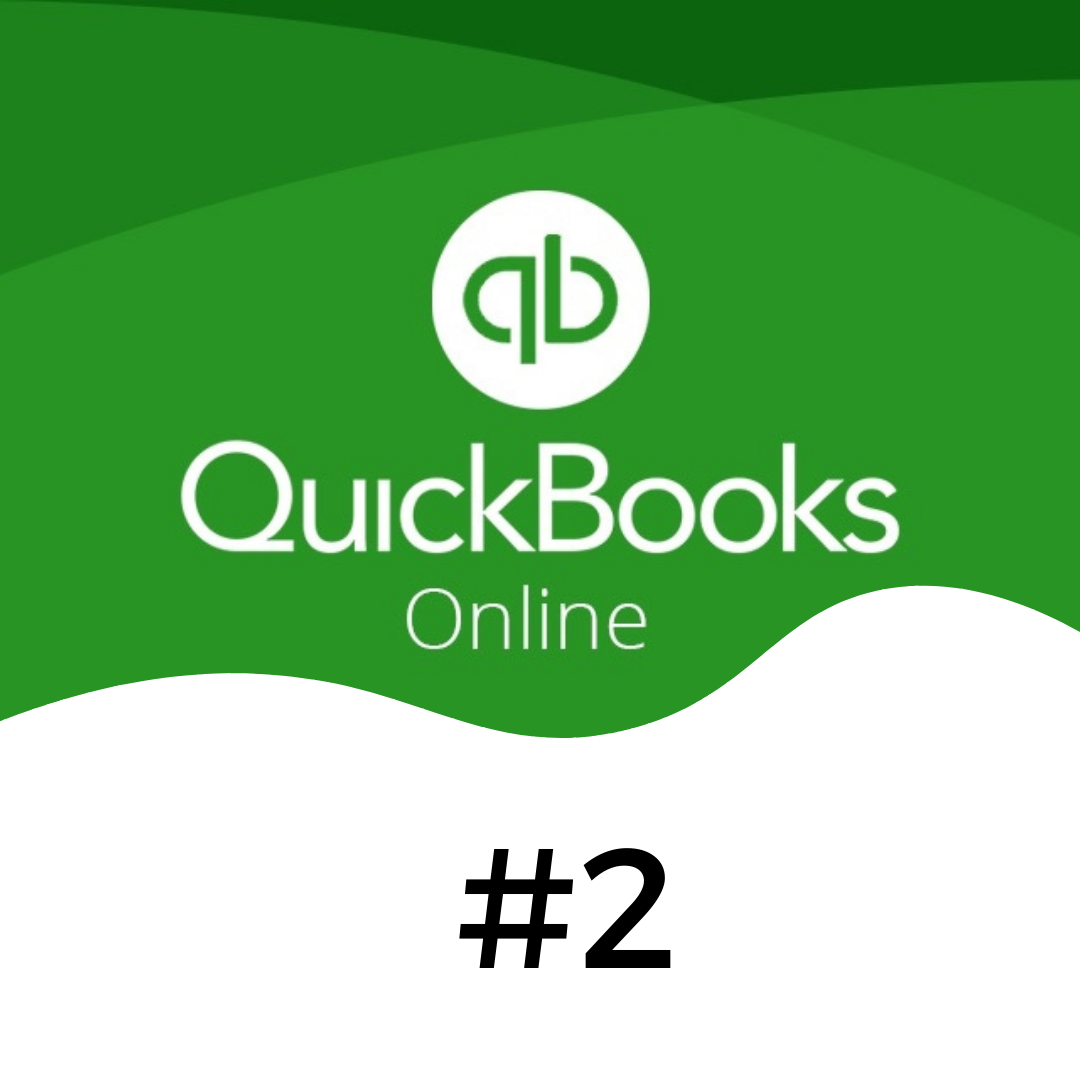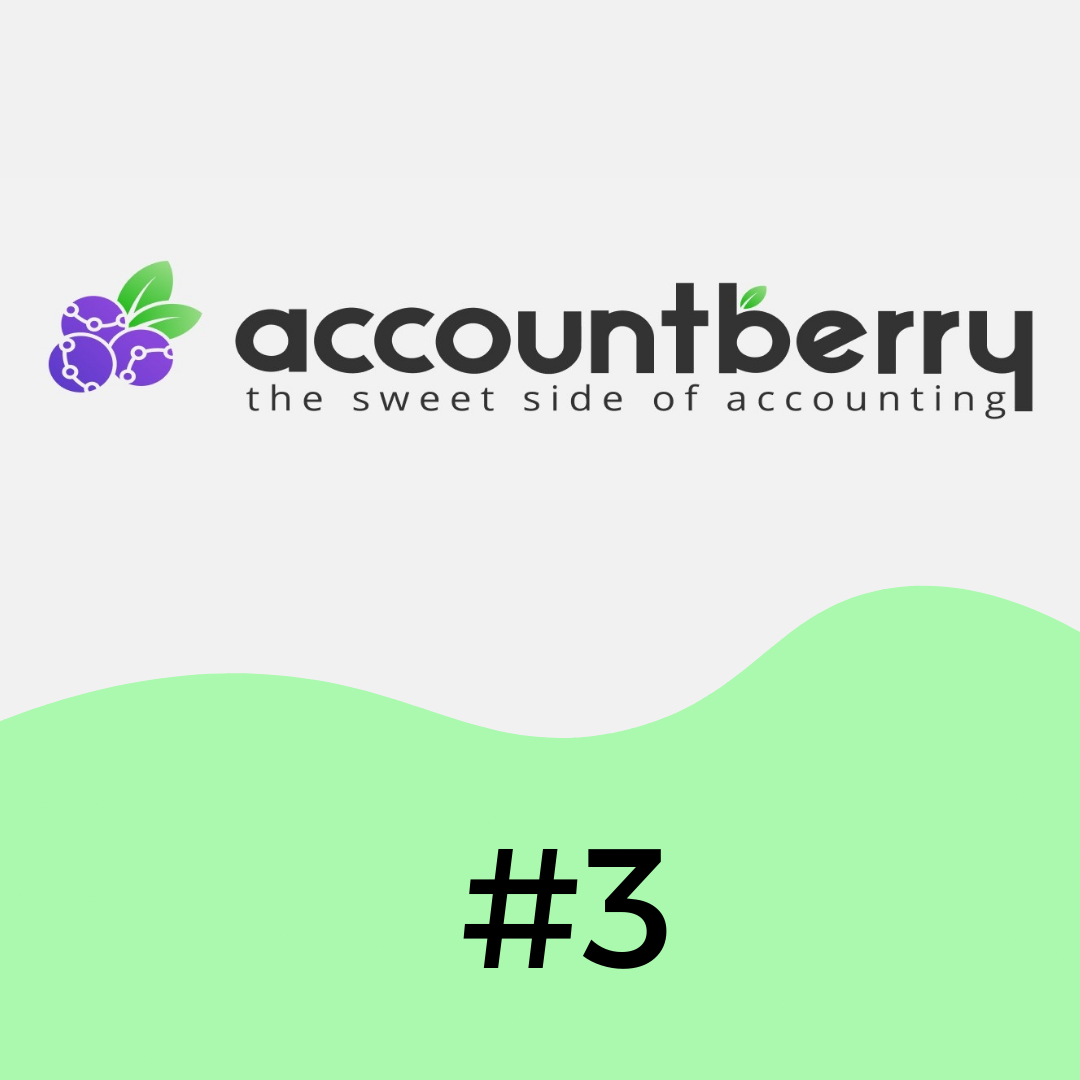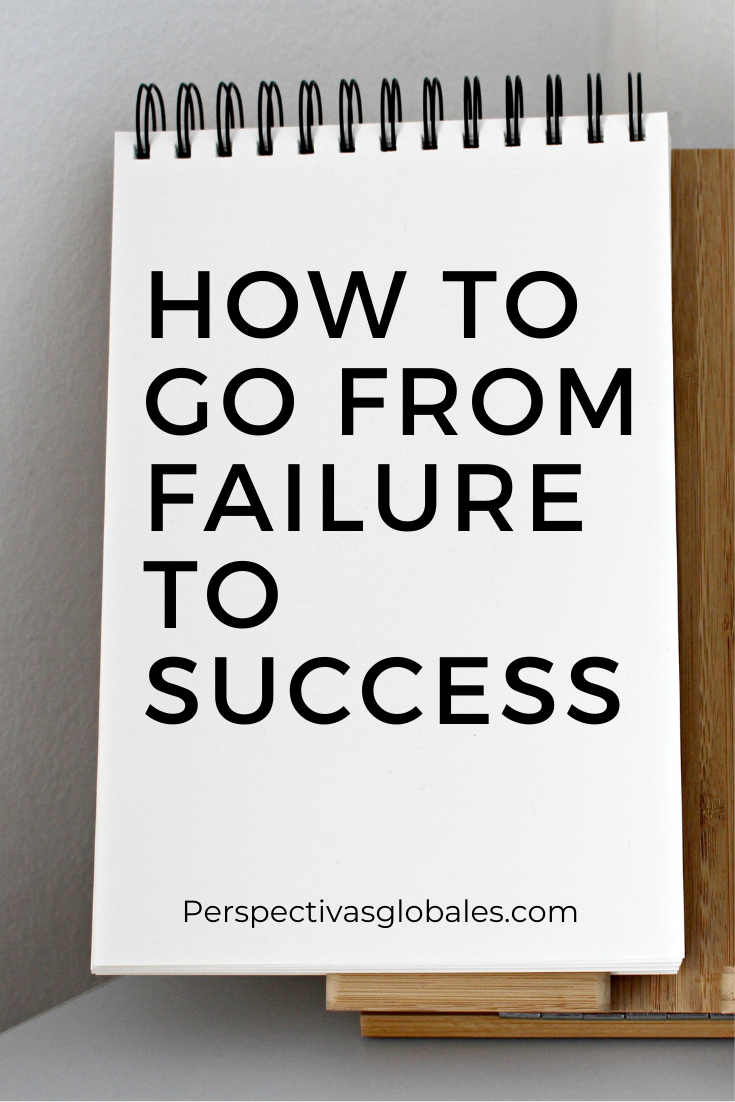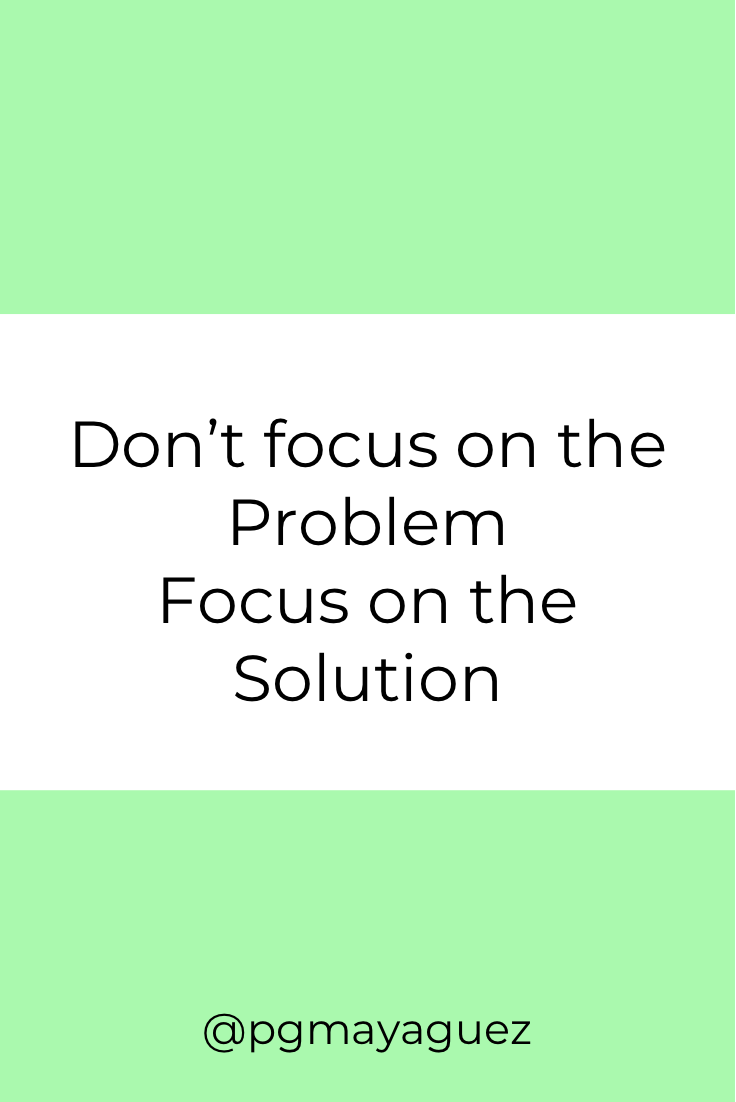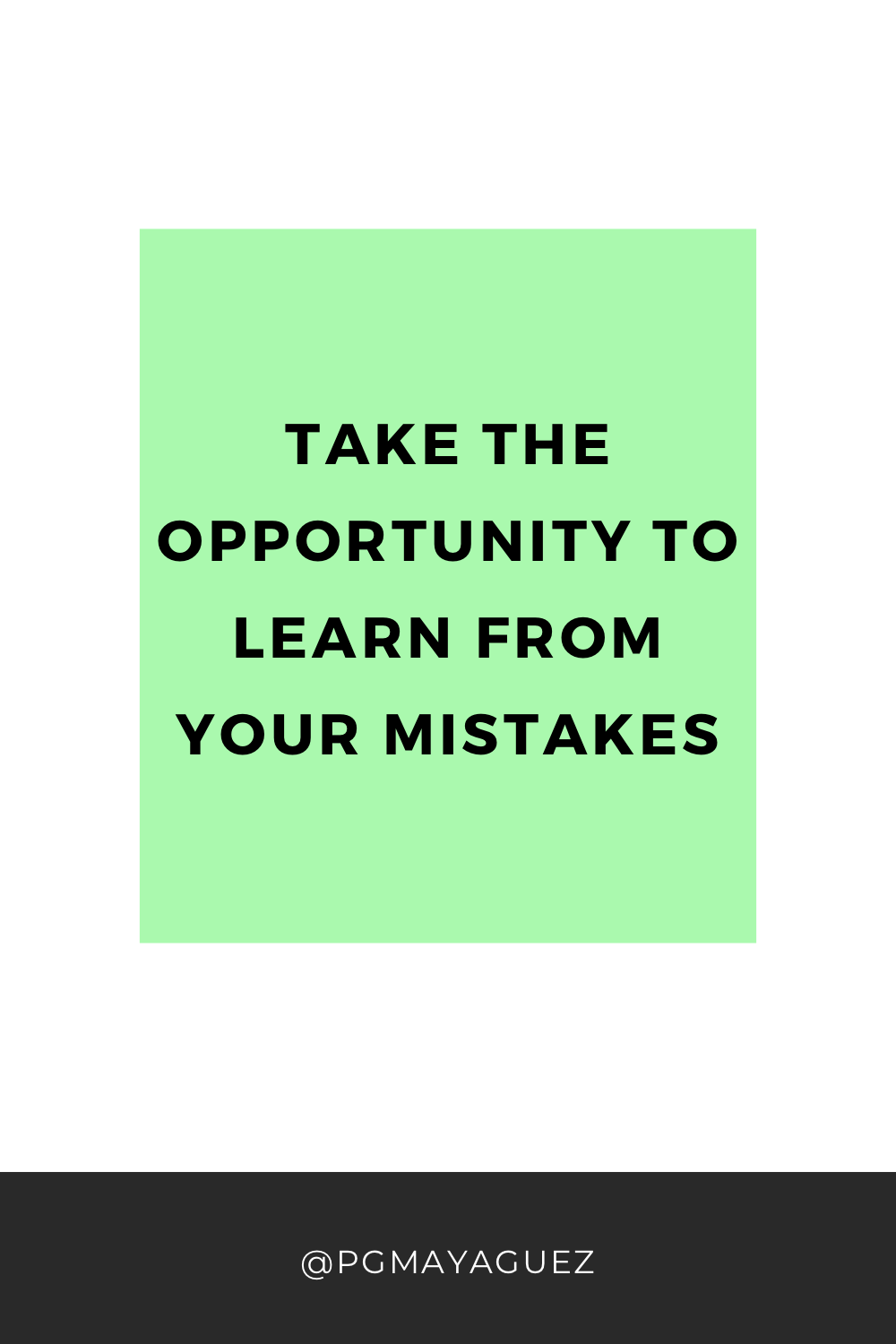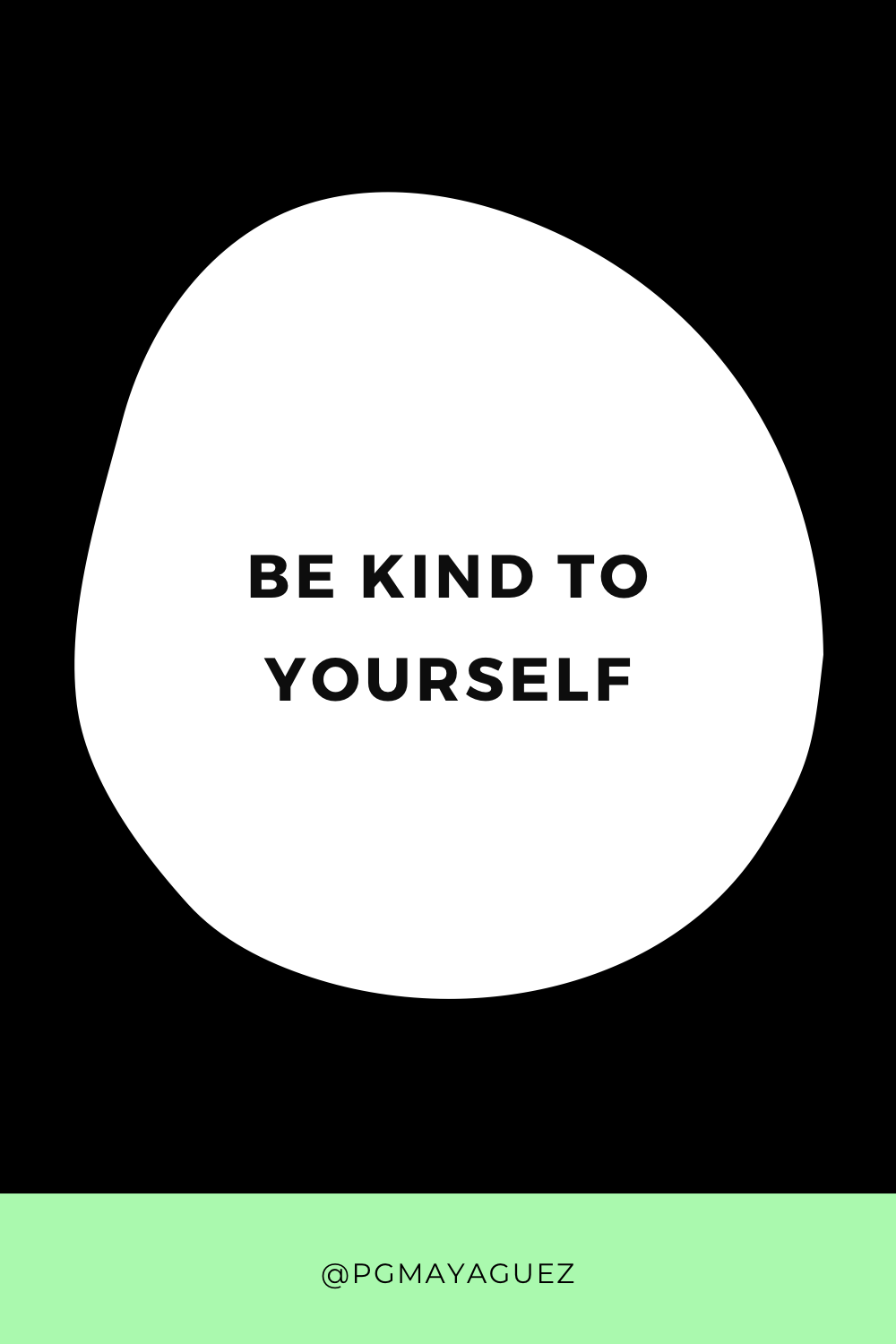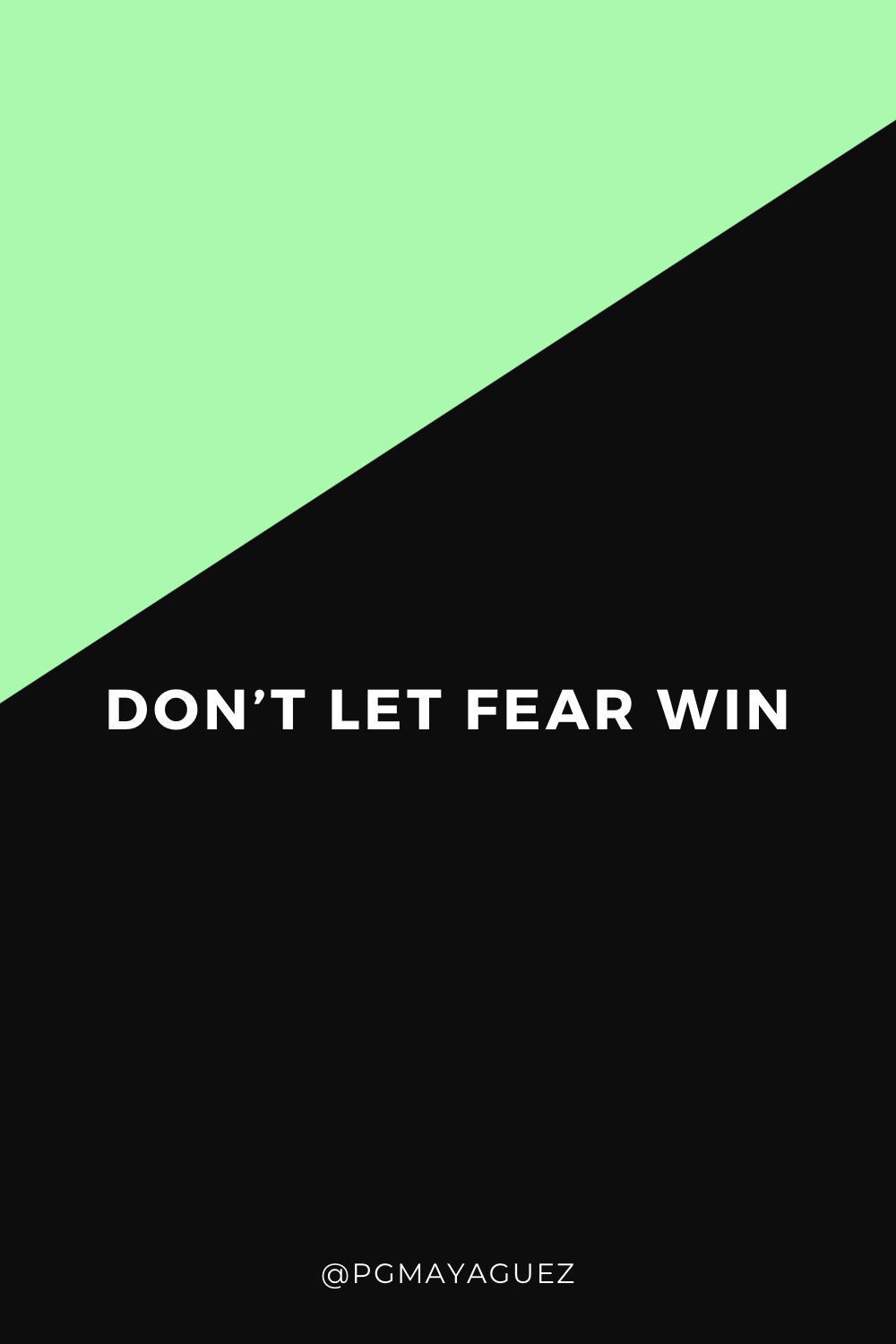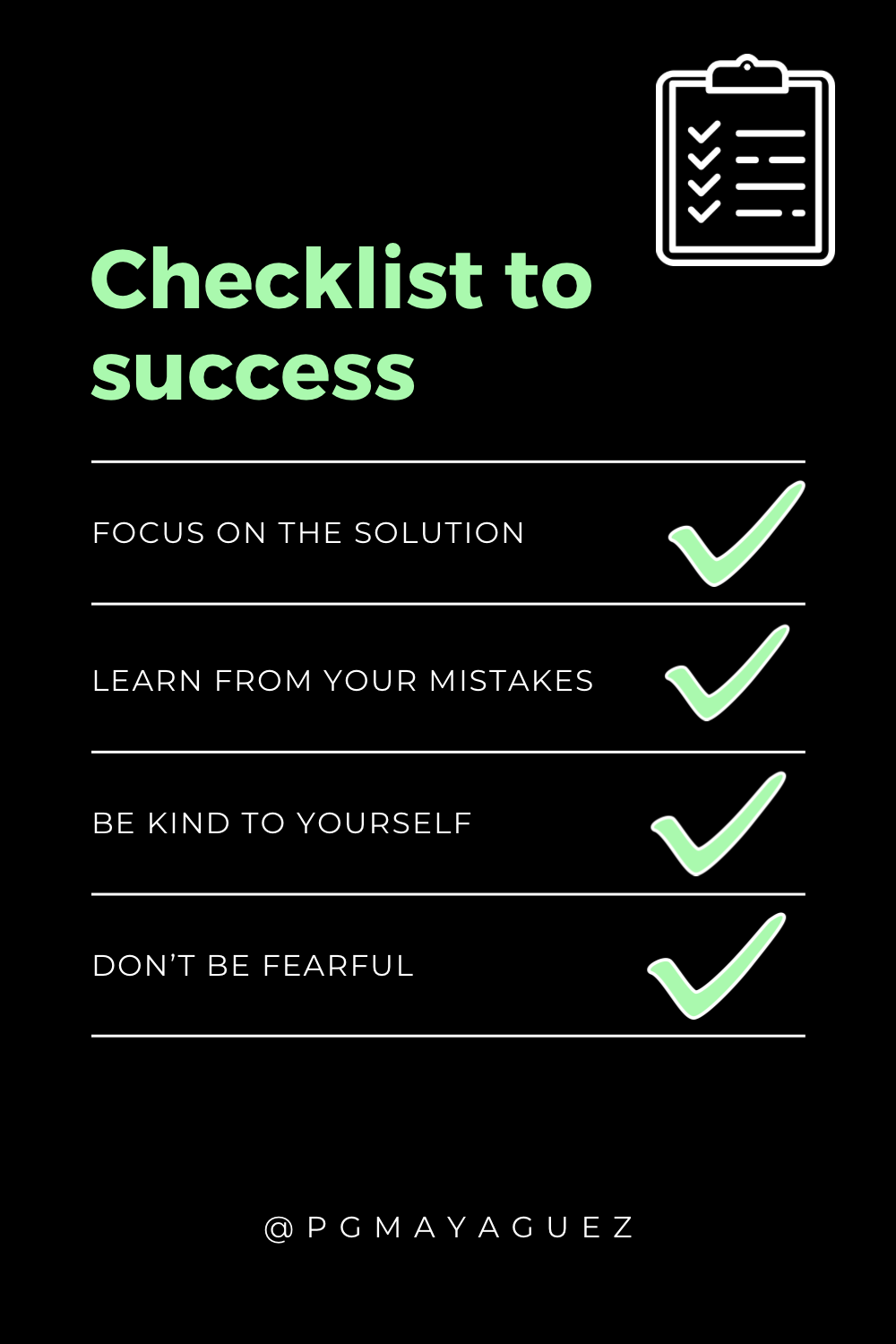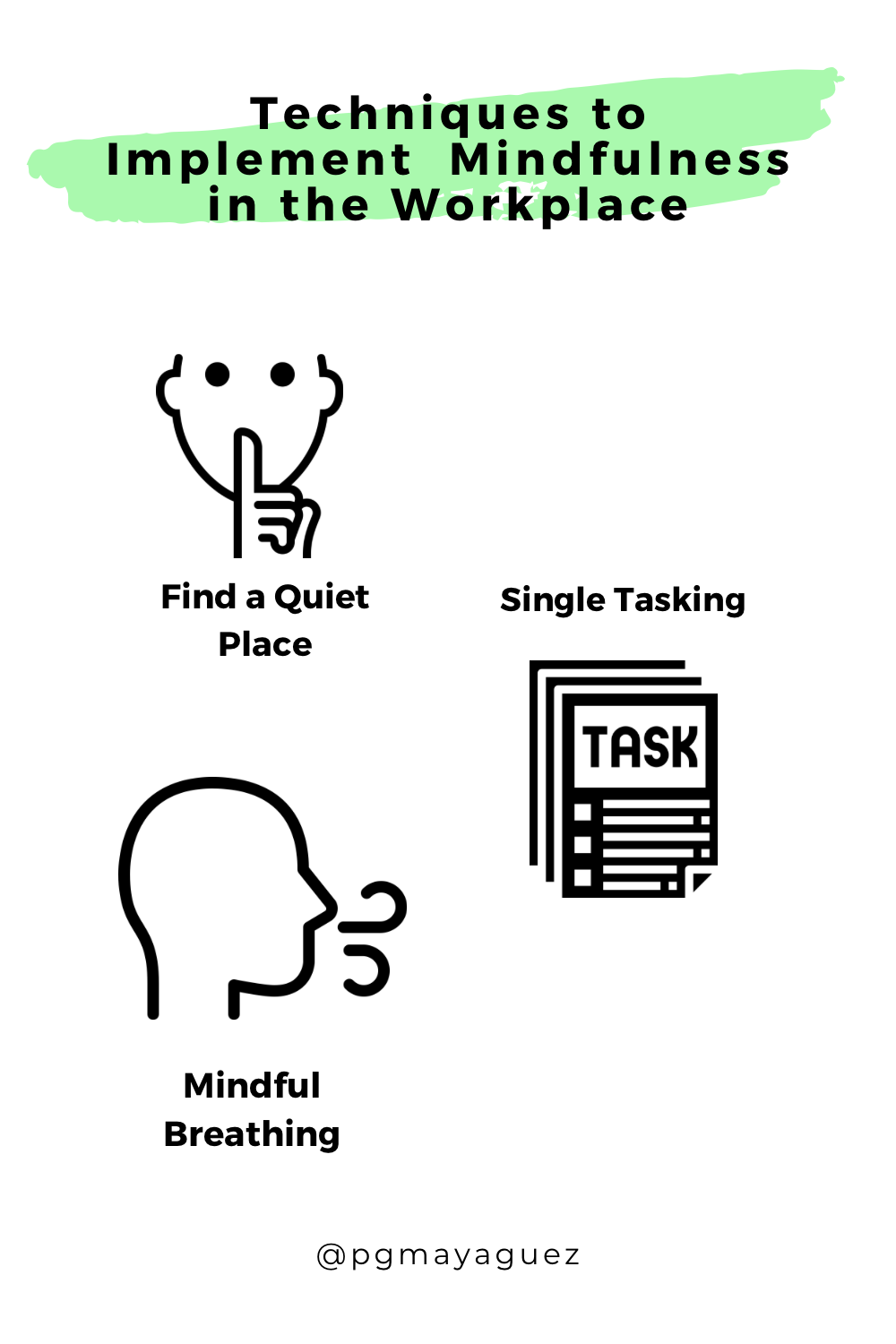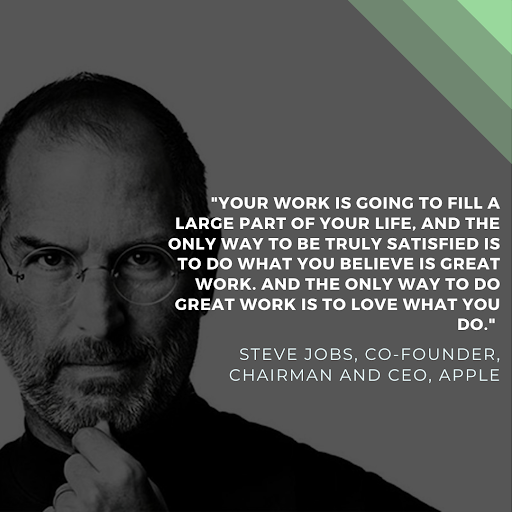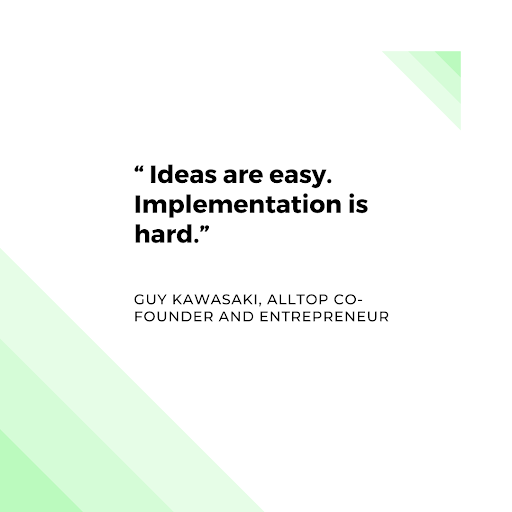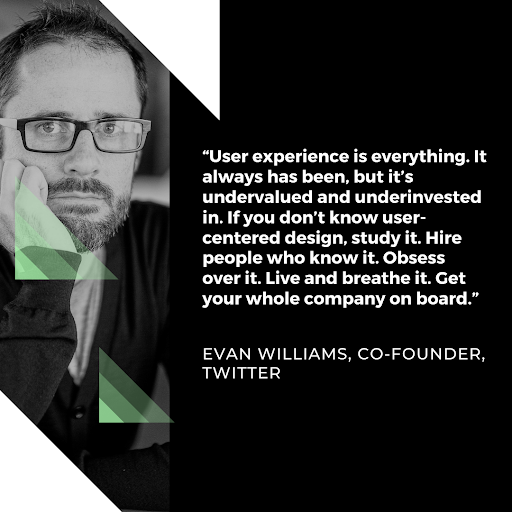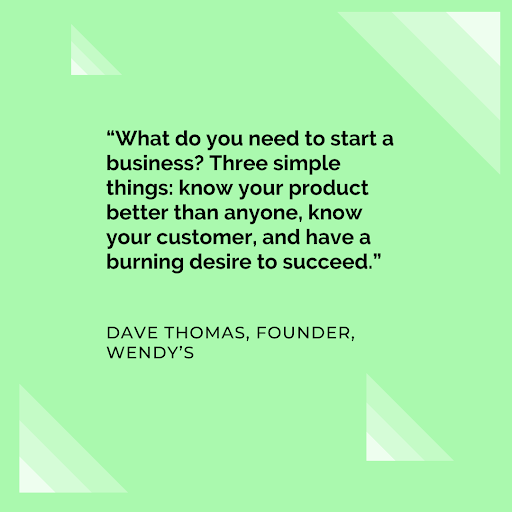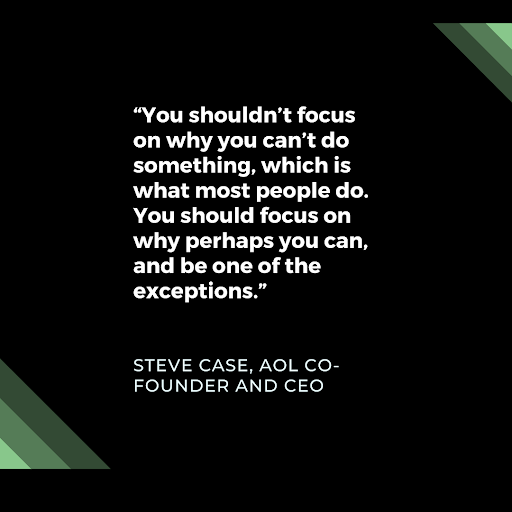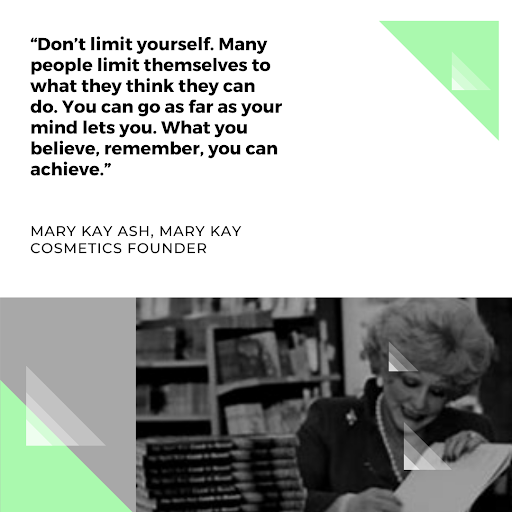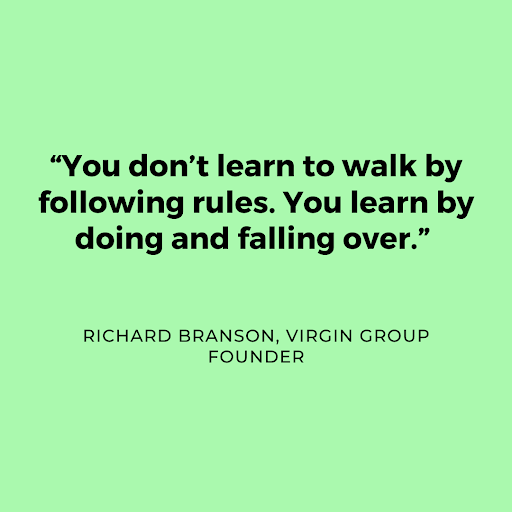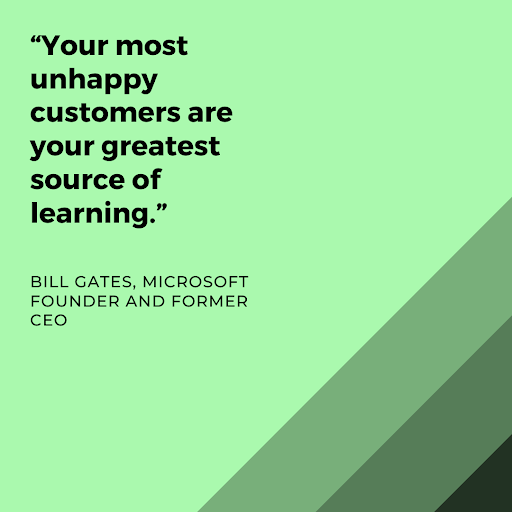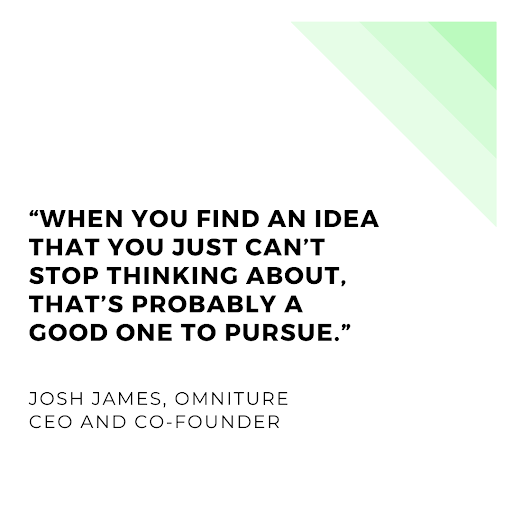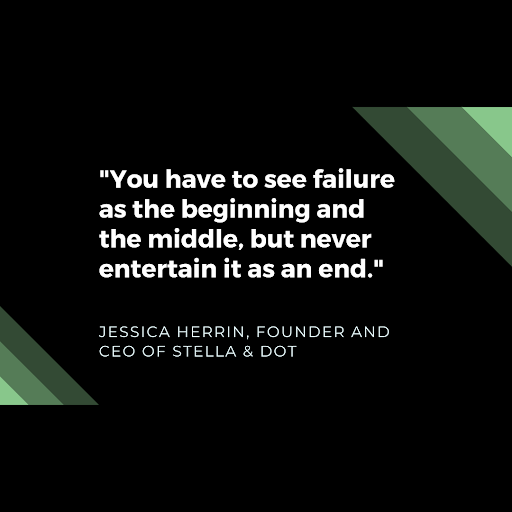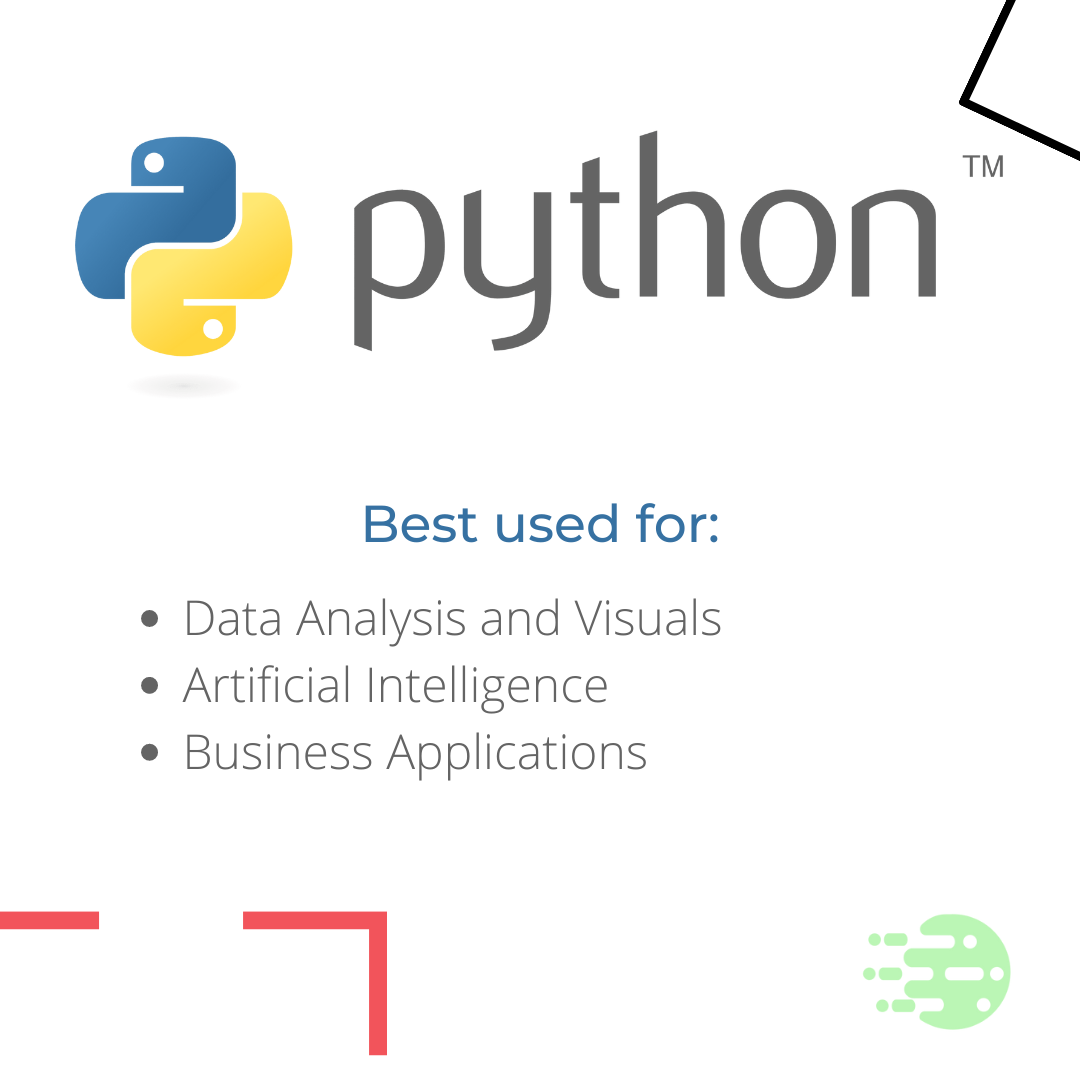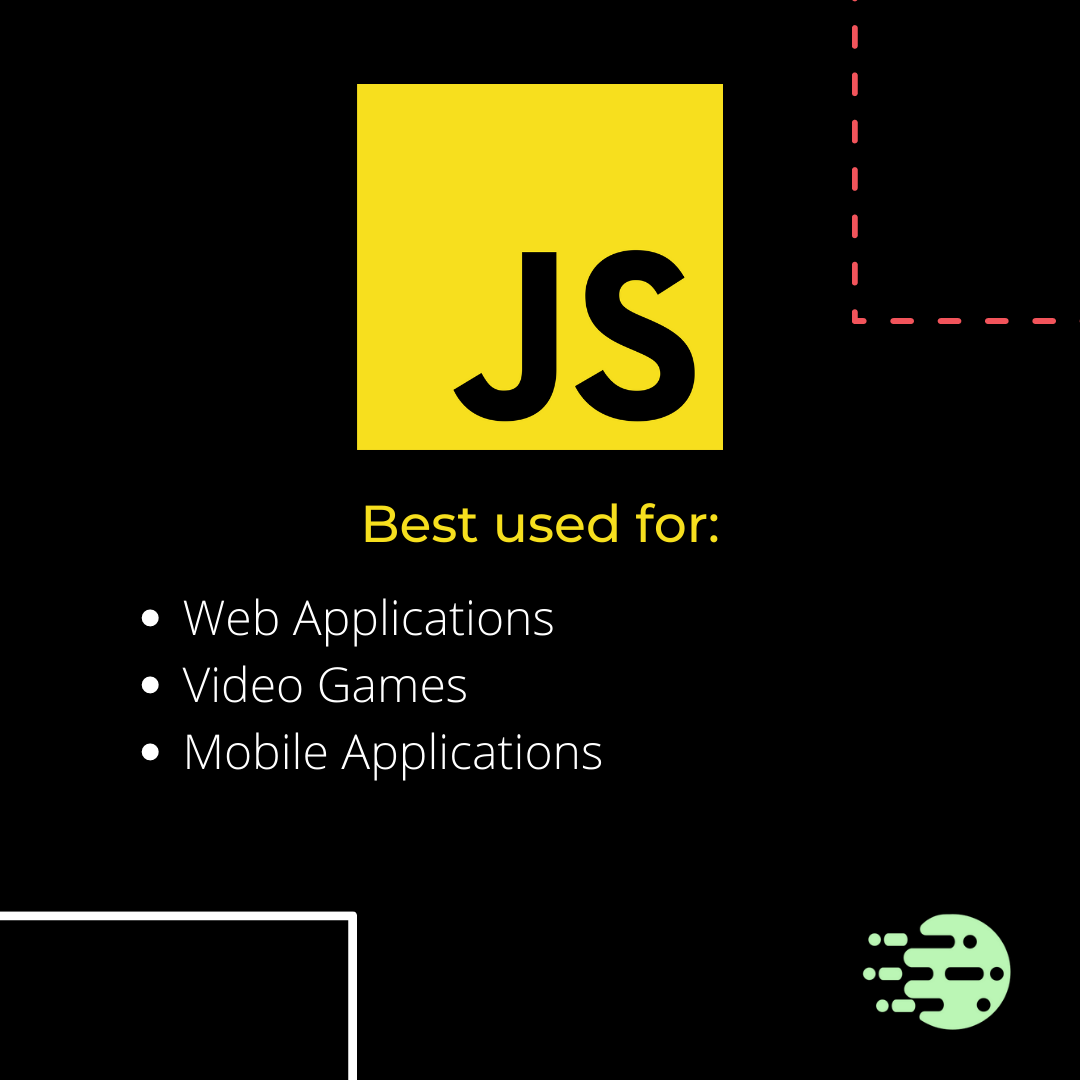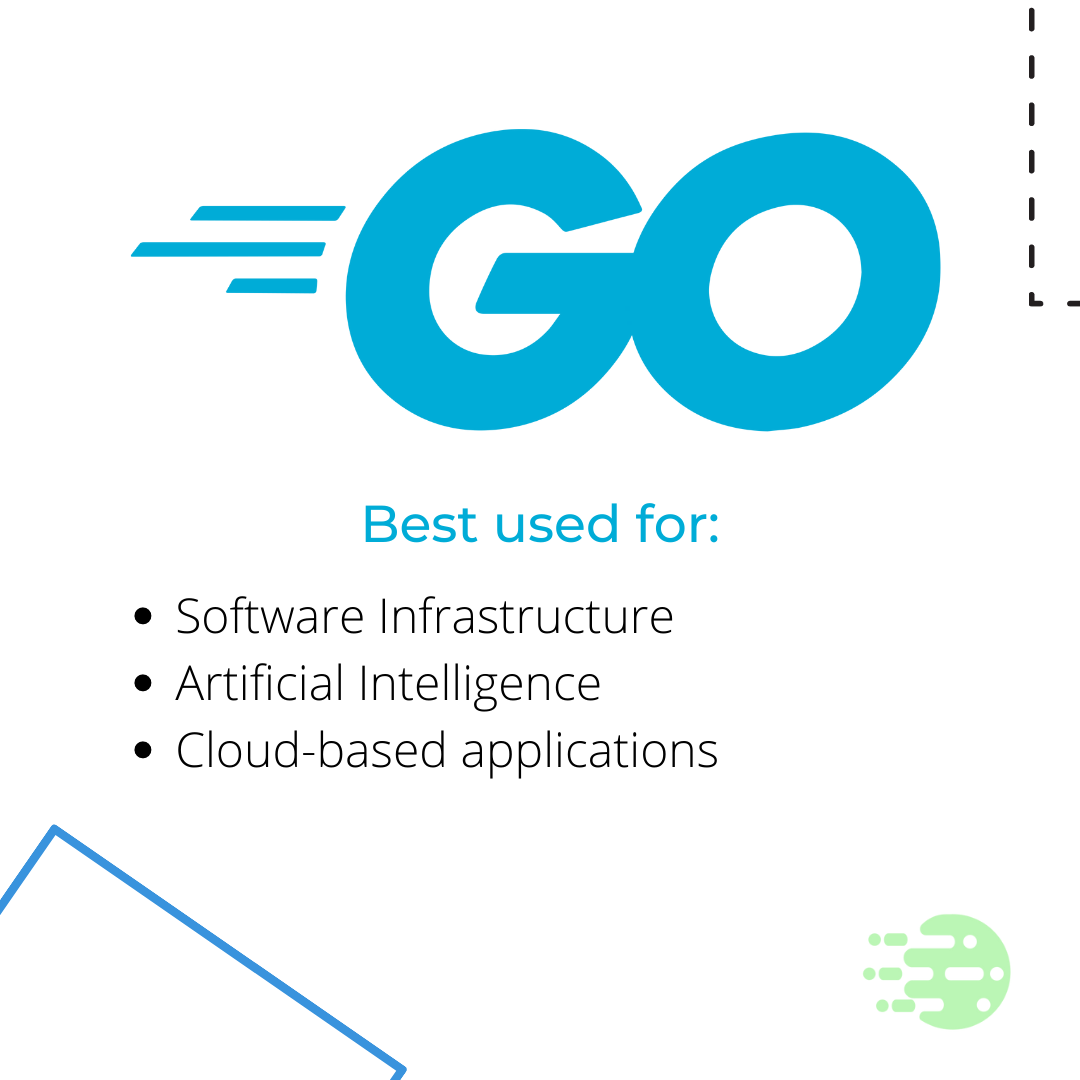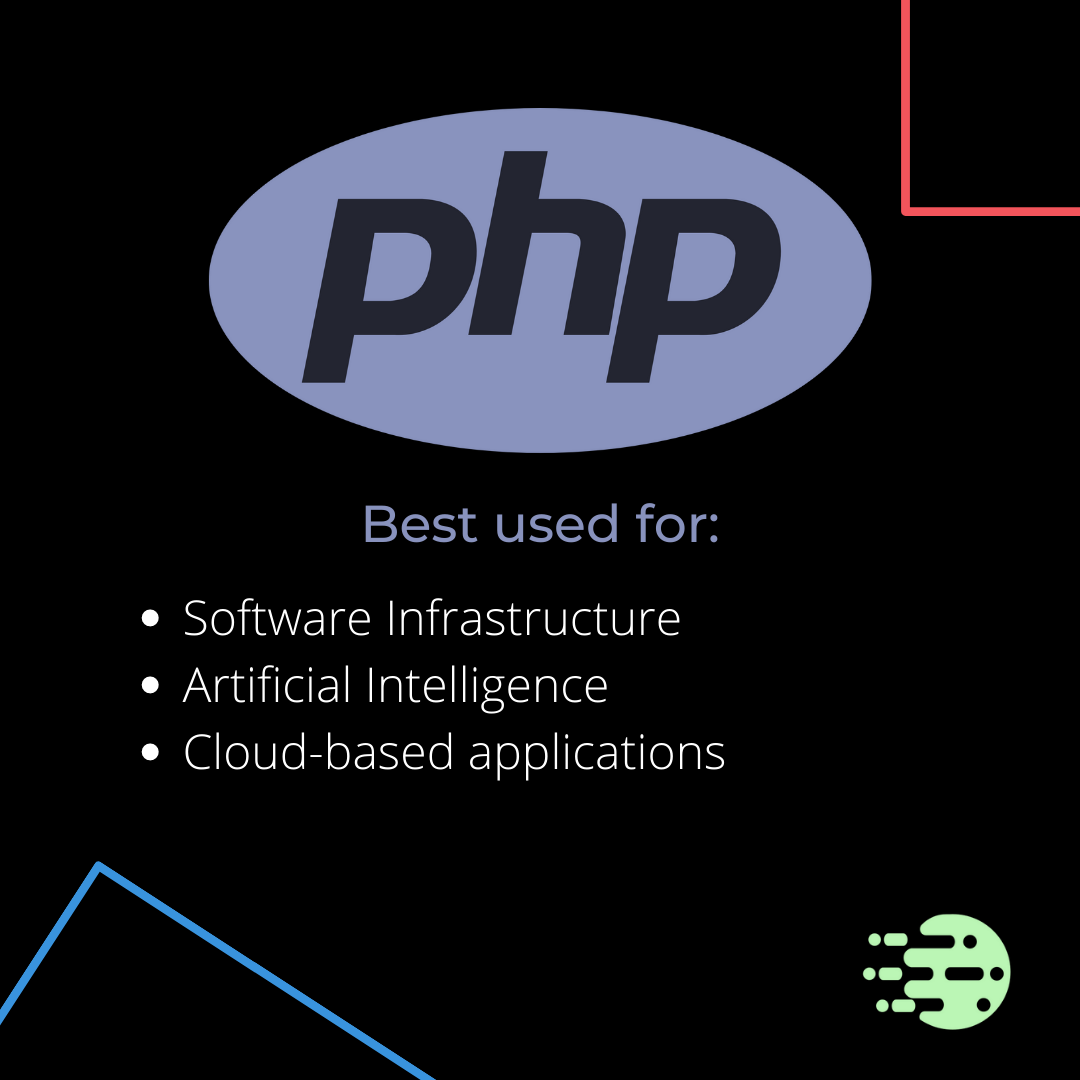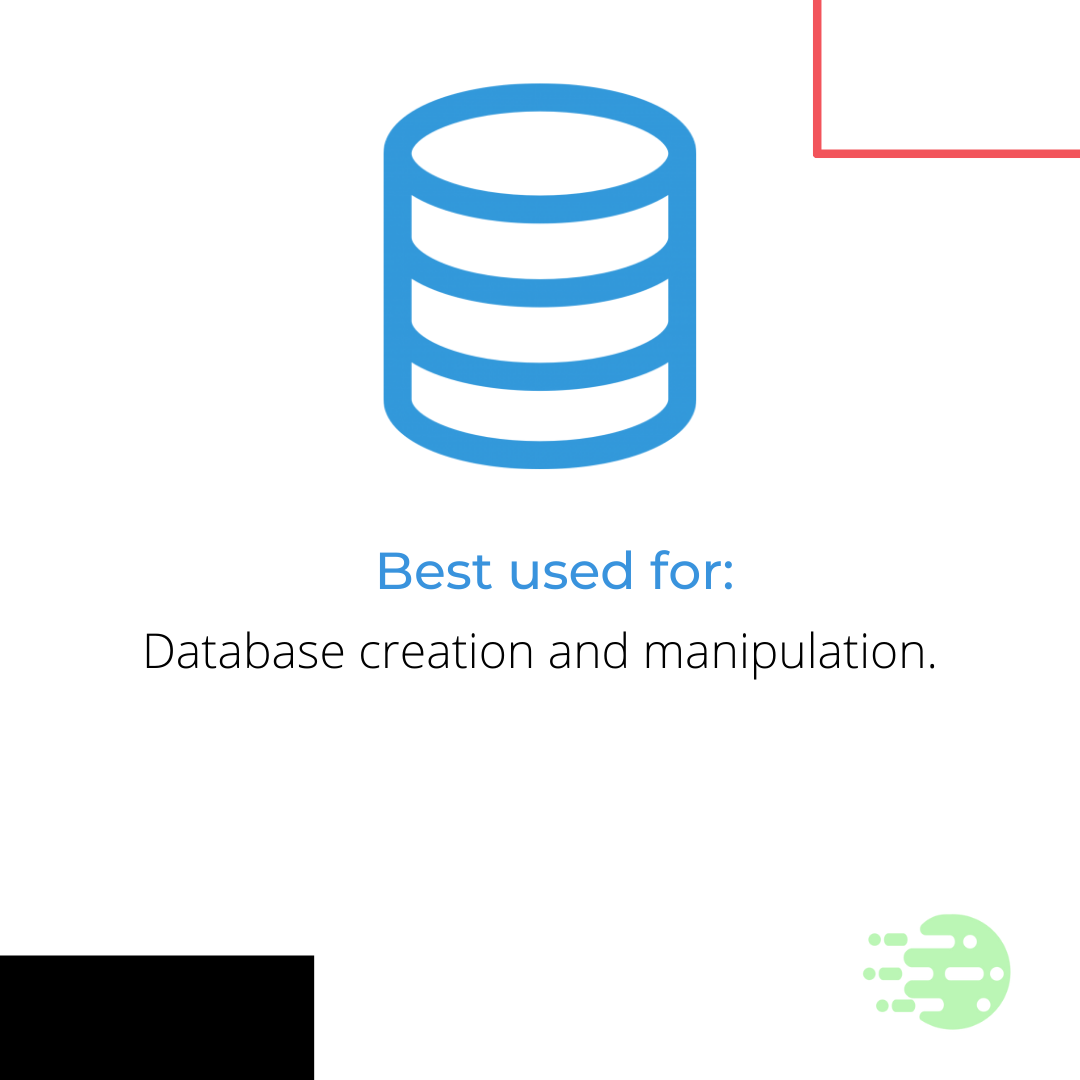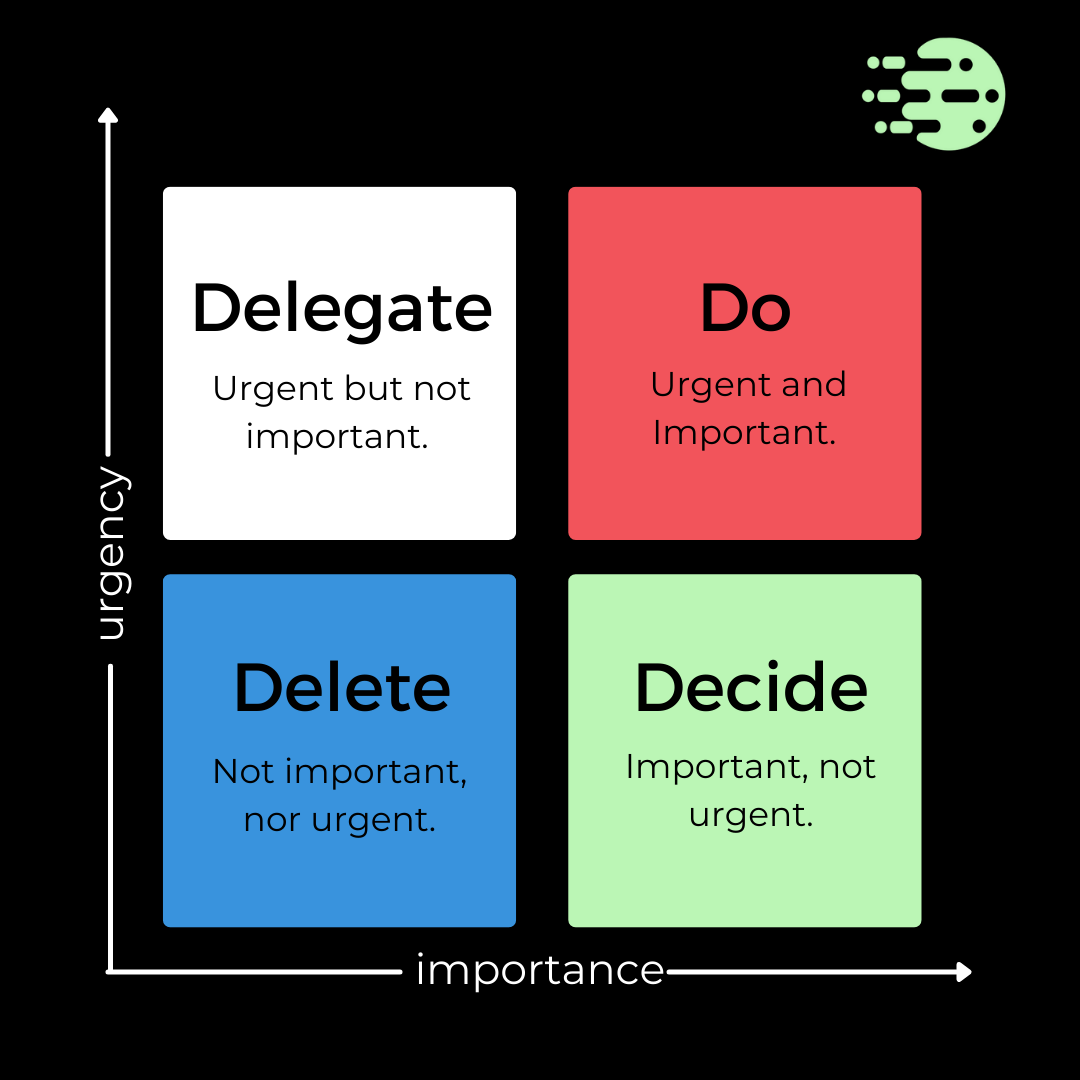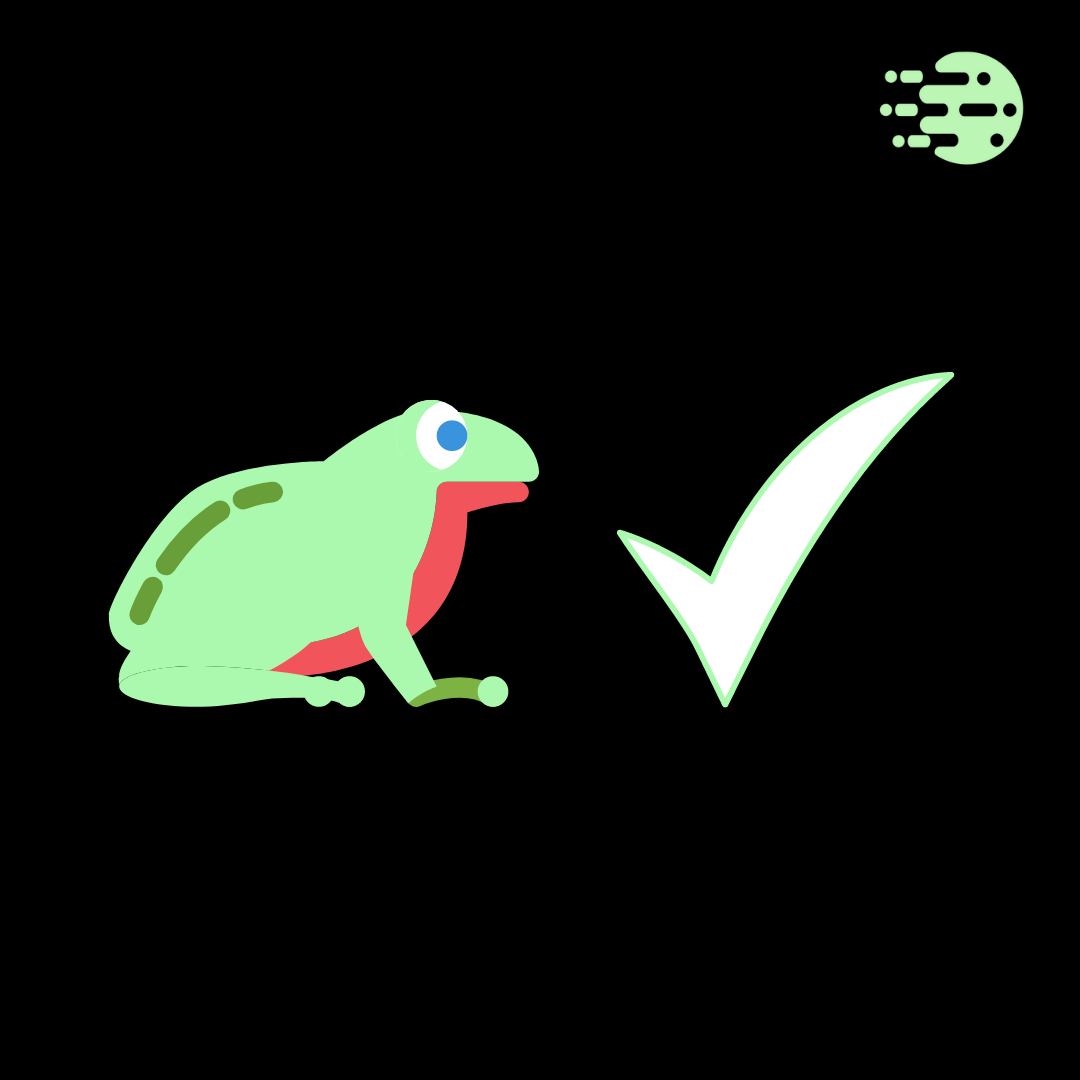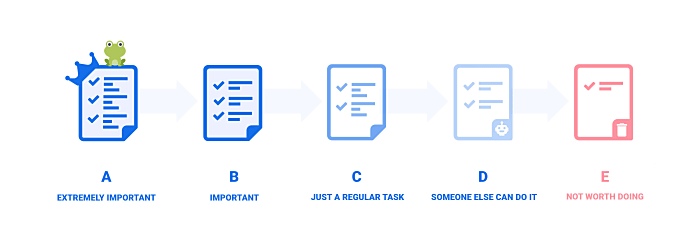On September 22, I had the chance to interview Patricia I. Colón, co-owner of Moriviví, a women-owned company that produces essential natural care products for the face and body made by hand with natural and sustainable ingredients. Throughout the discussion, I was able to learn a lot about why this business began, global awareness, and how you can spread awareness through your venture also known as social entrepreneurship.
Social entrepreneurship is defined as “the process by which individuals, startups, and entrepreneurs develop and fund solutions that directly address social issues.” This is exactly what Patricia wants to do with Moriviví: create awareness on ways the community can help the environment with personal care products such as deodorant, facial soaps and much more and you will see that through this interview. In this blog post, we summarize key moments and takeaways from this interview.
1. Tell us about your trajectory as an entrepreneur
Moriviví was founded by my partner Valeria, approximately three years ago, when she was a student at the University of Puerto Rico, Mayagüez campus. She was studying agronomy, she had just been unemployed. A friend had taught her to make soaps, and she also had a vegan lifestyle, is environmentally conscious, and studying environmental science & agronomy. She started to realize that a major problem that exists in Puerto Rico is access to beauty products that were clean, ethical, and free of plastic and packaging.
She sees a business opportunity and decides to start making her own bar soaps and shampoos, which three years ago, were a novelty. [[…]] When I entered the Moriviví team, I didn’t know much about this– no chemistry, no cosmetology– my background is in International Relations and I have a master’s degree in Environment and Sustainable Development.
I specialize in the subject of Corporate Social Responsibility. Therefore, I love the whole issue of the aspect of providing social and environmental responsibility to the corporate aspect and that is what I practice through Moriviví. That is where my trajectory begins. I returned to Puerto Rico because of the pandemic; like many who were forced to return. I was living in Africa then.
[[…]] Valeria, at that time, was going to close down Moriviví because she was going to live in the United States to study naturopathy and I, unemployed, told her, “this is a business I want to be a part of. We can be partners & I can take charge. Go in peace. I am going to run Moriviví from here and we are going to give continuity to this project that has great potential.” That is where the line of values that both Valeria and I share goes, and which we are trying to grow and promote within an ethical and sustainable business in Puerto Rico.
2. At what point did you say: "I want to undertake"?
I have always wanted to since I graduated from my master’s degree. I am well structured, I am a half communist in that sense, and I have a five-year plan. [[…]] I have worked with NGOs in the past, but I always knew that I wanted to develop a company with social value that could do what an NGO does but that did not depend on self-management. This was an opportunity that came to me on a silver platter. “This is it, maybe my plans need to be altered a little bit,” I said. Yes. Five years ahead of me and here it is. You already know the rest. Let’s get our hands on what’s out there. It was kind of like you have to seize opportunities when they come.
3. Did you ever say: "this is not for me"? If yes, what gave you that push to continue?
Well, I’m not going to lie to you, it has been a continuous back and forth. First of all, I don’t have a background in business management. Now, we are also going to talk a little about the challenges as a businesswoman in Puerto Rico and as young people that we are. It has been like trusting and distrusting oneself and the opportunities, I have had other opportunities in life that make me think of whether I really want to continue entrepreneurship or “am I going for the safe, the simple, which will guarantee my salary?”. One thing that has kept me afloat is the clients, and seeing that satisfaction, and being able to say, “This is what we are creating, and it is having a tangible impact.” Although that is a lot of work, it is worth it.
4. Tell us about your industry
Puerto Rico has a well-developed industry of artisan products […]. However, one creates an added value, one seeks to create a different proposal and engage and one can easily fall into a company that has not necessarily been the cleanest or the most ethical. Moriviví, how we started to say at the beginning, it is born from a need, it is born from looking for alternatives and we want to provide our customers with precisely that, an alternative to clean beauty and personal care products, a sustainable alternative, and an alternative that goes according to a lifestyle perhaps a little more conscious and cleaner with the environment and with society. There is the thing: we have a serious problem with climate change, a serious pollution problem, and corporations are only responsible for 71% of greenhouse gases. We know that climate change is super affected by corporations, by capitalism.
I faithfully believe as owner, co-owner, and entrepreneur, that we, those of us who are in the production and product development industry, have the responsibility and we have to assume a role of promoting change.[…]. We basically want to get into this industry and rethink how we can do things, challenge that status-quo of how things have been done traditionally and seek to provide those alternatives to our clients. The subject of chemicals has not even been touched, the subject of things that you are putting into your body, you know, all those fragrances, all those dyes, all those excesses of chemicals that your body is absorbing, which has been associated, for example, deodorants, aluminum in deodorants is associated with breast cancer. The Vento, OxibenZona on a sun block associated with bleaching and damage to marine ecosystems.
Many of these products that we have been developing as a small company, is to provide an alternative to people on products that do work but do not necessarily have to have all this stream of chemicals that are damaging the environment and your body. We are trying to challenge the status quo from within and to reform using capitalism even to our advantage. To be an entity of good and change from within.
For more, watch the full interview here.
After absorbing all this information and expanding my knowledge, I leave you with some of those enriching facts that Patricia spoke about.
Takeaway 1: Clean Products
During the Interview, Patricia spoke a lot about awareness in areas like the environment and also what we apply to our bodies. I definitely agree that there is a need in society where people did not have the option of utilizing clean, ethical and plastic free beauty products in the body care industry in Puerto Rico. It is really fascinating how her entrepreneurship aligns with her lifestyle. An example is the sun block which often contains chemicals that affect the ecosystem when applied outdoors. Let’s utilize all these resources but our way to make this world a better one to live in!
Takeaway 2: Client Appreciation
She also recognized the importance of client satisfaction. Patricia and her partner created products to reach those who want to change their lifestyle to a environmentally-conscious one and, at the same time, educate those that are not aware of these matters while giving them a new and interesting option. She mentioned that in difficult moments she reminds herself of those happy customers because that gives her that push to continue and remember why she is doing this. Clients are the gasoline of every business; they give us a reason to continue. Identify your clients and always be grateful for each one!
Takeaway 2: Seizing the Opportunity
Even though she is an expert in the area of environmental sustainability, she had no experience in administering a business. She mentions it has been a learning experience but we can take a lot from this. You can learn in the process of creating your venture, you will not know it all from the start.
If you have a business idea, and you are not familiar with running a business, contact us in Perspectivas Globales and apply for membership. We will set you up for success!
I enjoyed our chat because I was able to learn about an industry I had little to no knowledge of in a friendly conversation as you would with a colleague. These talented women identified a need in society which goes with their lifestyle, which gives them the drive to be passionate about their solutions. It is without a doubt that entrepreneurship is not an easy path but Patricia mentioned her clients’ satisfaction kept her going. Be the motor of a small business today! #ApoyaLoLocal
If you would like to be part of a Tertulia de Emprendimiento do not hesitate to reach out, send us an email, [email protected].
Want to learn more about Moriviví? Go check out the FULL interview on our Youtube channel, and check their product at their official website.









